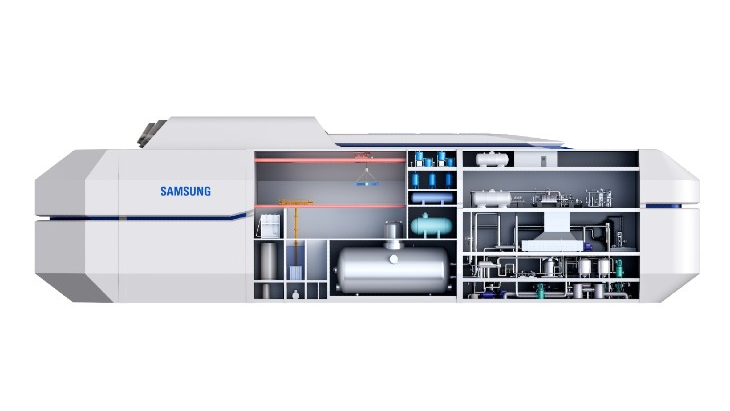According to The Namibian, the Parliamentary Standing Committee On Natural Resources, chaired by Tjekero Tweya, has recommended that uranium exploration activities in the Omaheke region should be allowed to continue in the absence of evidence that groundwater has been or will be contaminated. The committee has also recommended that the government appoint independent hydrologists, geologists and geochemists to review in-situ recovery activities.
"There is no evidence to suggest that the mining method used has contaminated water. Some 50% of exploration was carried out and nothing happened," Tweya said, adding that the company should be allowed to finish the exploration phase. The project has support from the Ministry of Mines and Energy and the Ministry of Environment, Forestry and Tourism, but is resisted by the water ministry, he said.
Headspring Investments is the Namibian affiliate of the Rosatom-owned Uranium One Group, which is responsible for the Russian nuclear company's uranium exploration and production activities outside Russia. It began exploration for uranium in the Omaheke region of Namibia in 2011, with drilling starting the following year. Operations were suspended in 2013 due to a moratorium on uranium exploration.
The Wings ore body - so named because of its shape - was discovered in 2018-2019, following the lifting of the moratorium. According to Headspring, the sandstone-type uranium deposit could yield 3000 tU per year with a life-of-mine of at least 25 years. However, in 2021, the drilling permits for the project were revoked on grounds of non-compliance with permit conditions. Activists have raised concerns about risks from in-situ recovery operations to the extensive Stampriet aquifer.
Headspring Investments said the parliamentary decision "reaffirms" its commitment to continuous improvement, following international best practices and operating within Namibia's legal and regulatory systems: "Our operations are guided by rigorous due diligence, independent environmental impact assessments, and ongoing consultations with regulatory bodies," it said.
"We prioritise transparency and accountability staying open for any technical discussion with all interested parties to clarify any issues related to the project and achieve mutual understanding … Headspring Investments respects the Namibian Parliament's role in overseeing the mining sector and welcomes this recommendation as validation of our compliance-focused approach.
"We remain dedicated to advancing exploration activities responsibly, with continued emphasis on environmental protection, and community engagement."
In-situ recovery - or ISR - is also known as in-situ leach, or ISL. The method recovers minerals by dissolving them from the orebody in the ground and pumping the resulting solution to the surface where the minerals can be recovered at a processing plant. To be suitable for ISR, an orebody needs to be permeable to the liquids used but isolated from overlying aquifers to ensure that groundwater away from the orebody cannot be contaminated. But when those conditions are present, it is seen as a cost-effective and environmentally acceptable method of mining, with little surface disturbance and no generation of tailings or waste rock.
According to information from World Nuclear Association, in-situ recovery methods now account for well over half of global uranium production, although they have not to-date been deployed in Africa. Namibia is a major producer of uranium, producing around 11% of world output in 2022, and is home to about 5% of the world's total known uranium resources.

_76129.jpg)




_63865.jpg)
_18570.jpg)
_16159.jpg)





